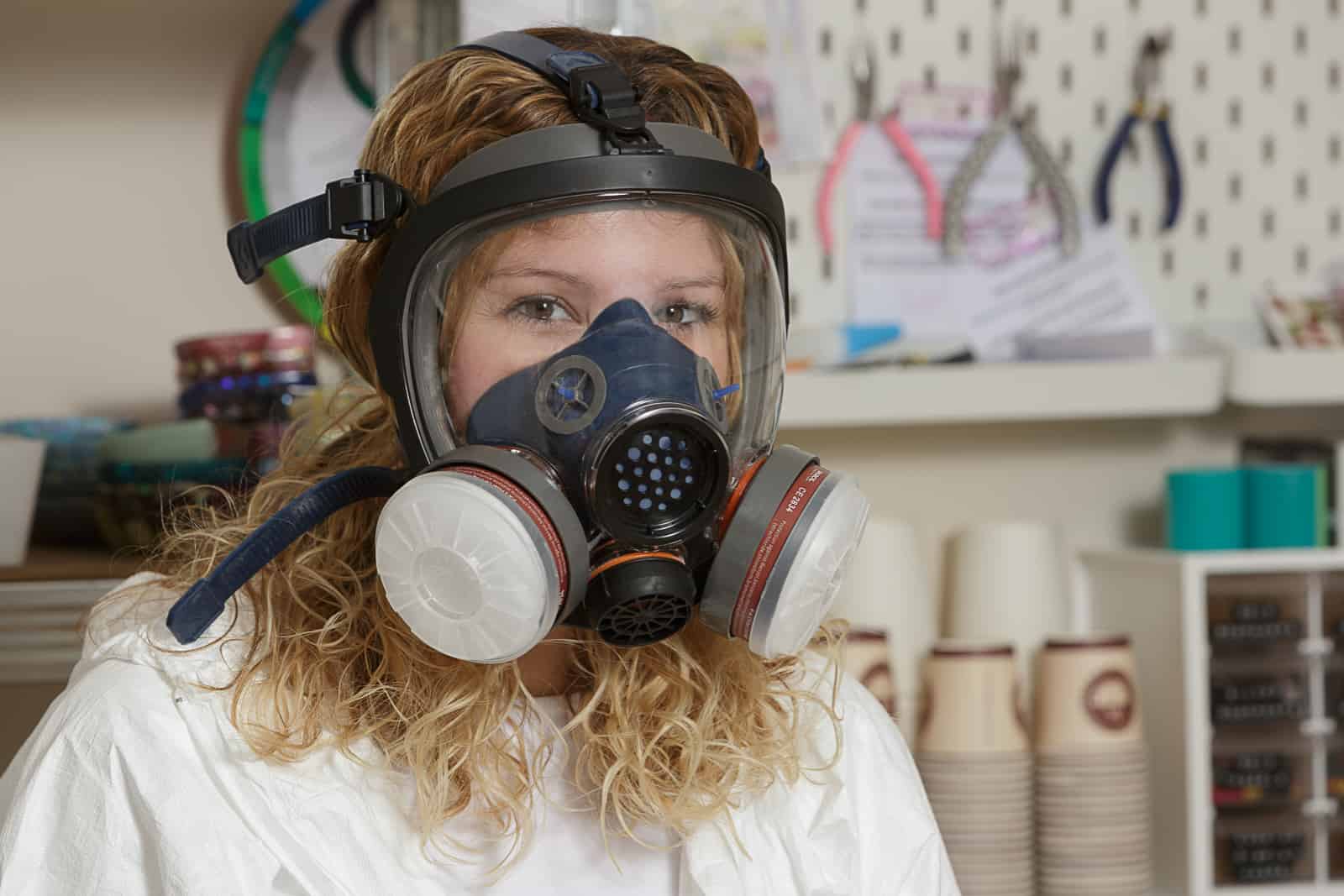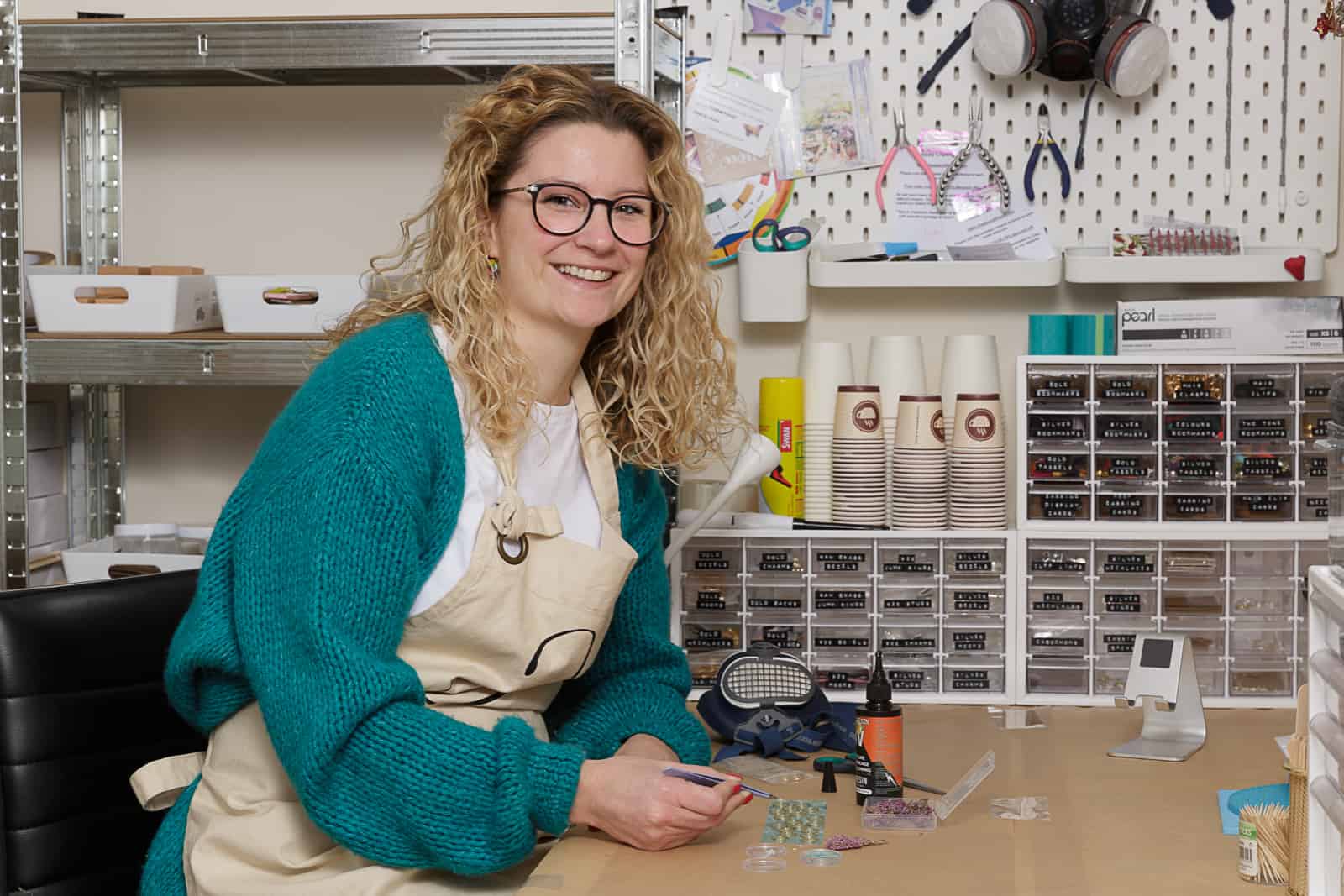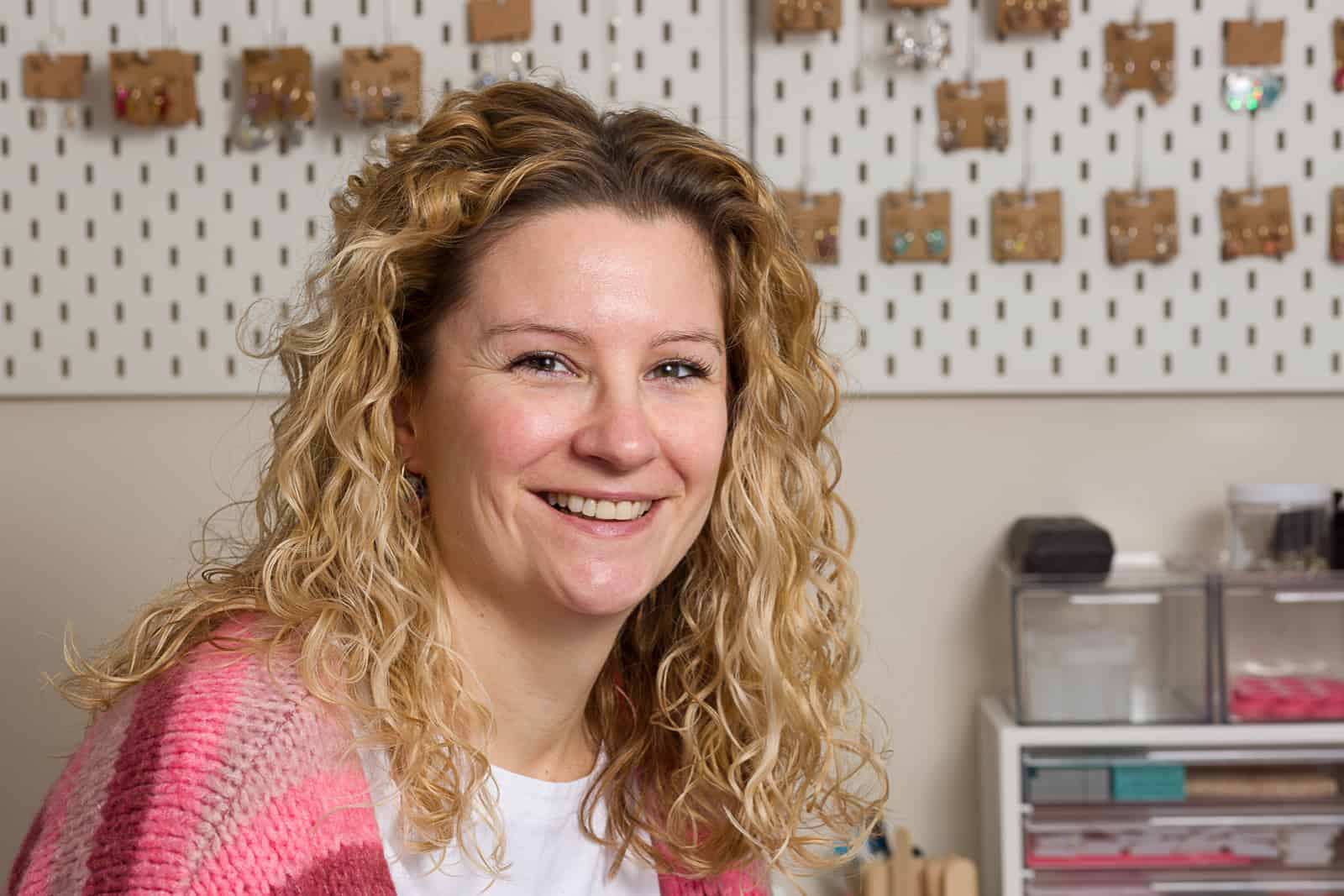Introduction
In part one we heard how Charlotte made the journey from RAF Nurse to a business owner. This time we’ll focus on what’s involved in the process of handmade soap making, what ingredients are used, and the ethical approach to business by Charlotte and her husband Mike.
This is part two of a three-part story.
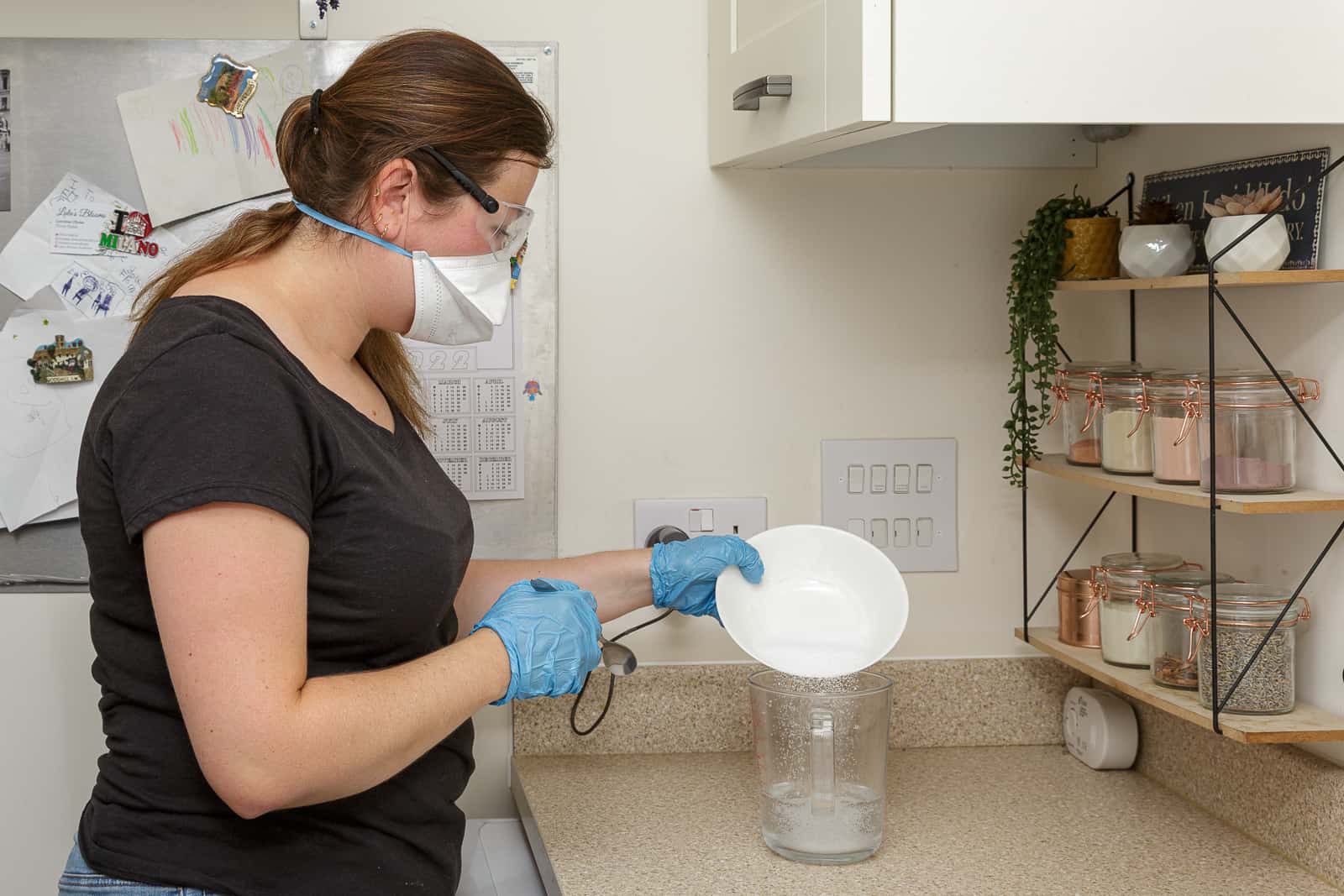
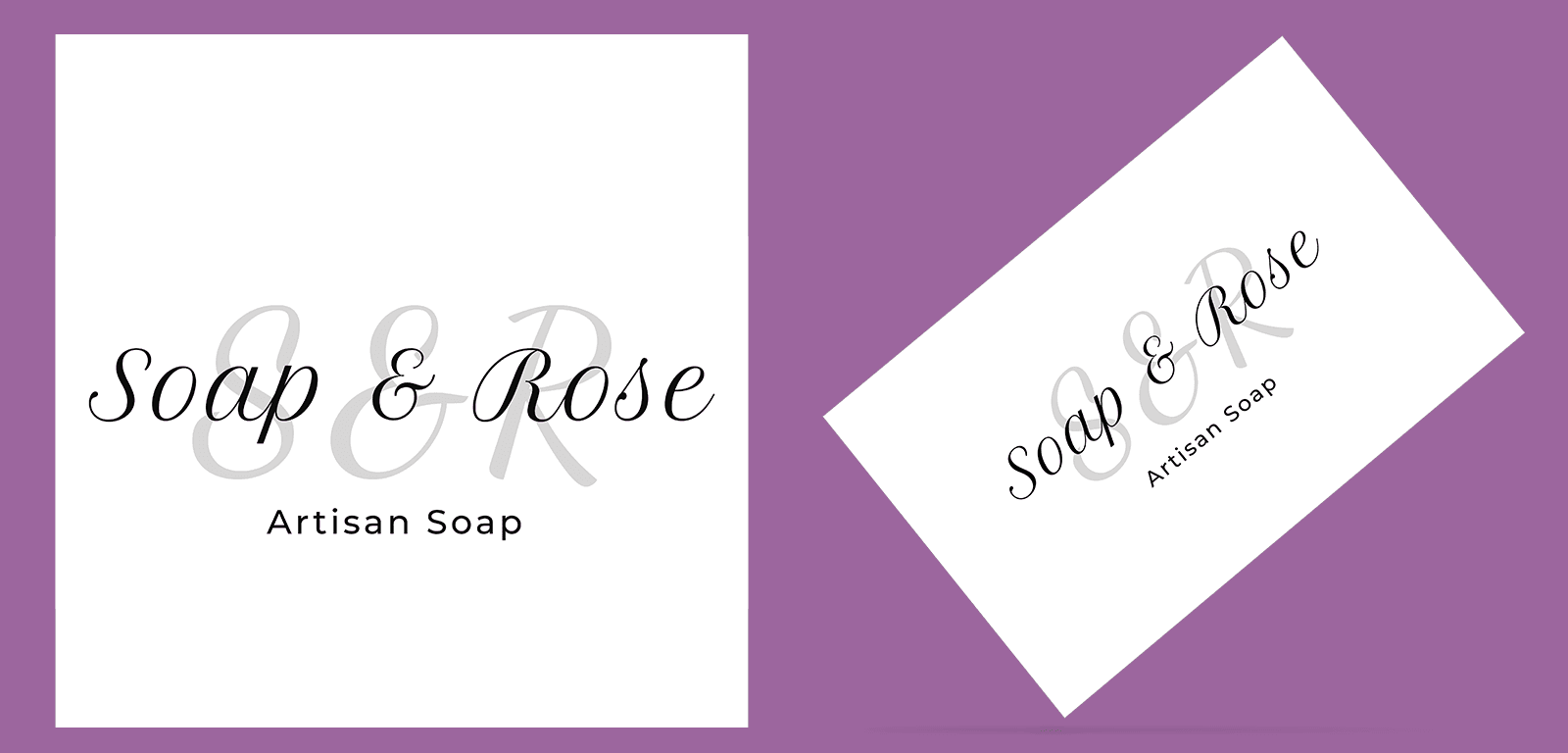
Who came up with the business name?
That was me. I spent a long time trying to work out a name. I did a lot research into businesses and their names. The main thing that came up on Instagram, was that including what you do or sell in the name makes it easier for people to search for you. I’d not long had my second daughter, Rosie, and the business was originally going to be called Soap and Rosie. But then I had a text message from my aunty asking how the business was going, and she shortened it to Soap and Rose. That gave us cause to reconsider the name. Two reasons, one that it’s actually more in keeping with the concept of what we stand for, organic and aligned with nature. The second reason is that when Thea grows up she’s likely to say, ‘why didn’t you name the business after me? So one less bit of sibling rivalry. [Laughs].
You had to get a safety report before you could start to sell your soap products
All of our soaps have to have a cosmetic safety certificate. We make up our recipes and they are sent off to a certification chemist to approve the levels or ratios of essential oils and other ingredients. The wrong recipe can damage or irritate the skin, so it has to be correct.

Does that mean that you can’t change the recipe at all then?
That’s right, if we do, we have to resubmit it for approval first. They’re called CPSR, Cosmetic Product Safety Report. This is where Mike comes into his own. He’s a wiz at science and maths and spent absolutely ages working out the correct quantities and ratios for our recipes. The UK is really tight on the safety aspect, whereas in the USA pretty much anything goes. They can change the recipe every week if they choose to!
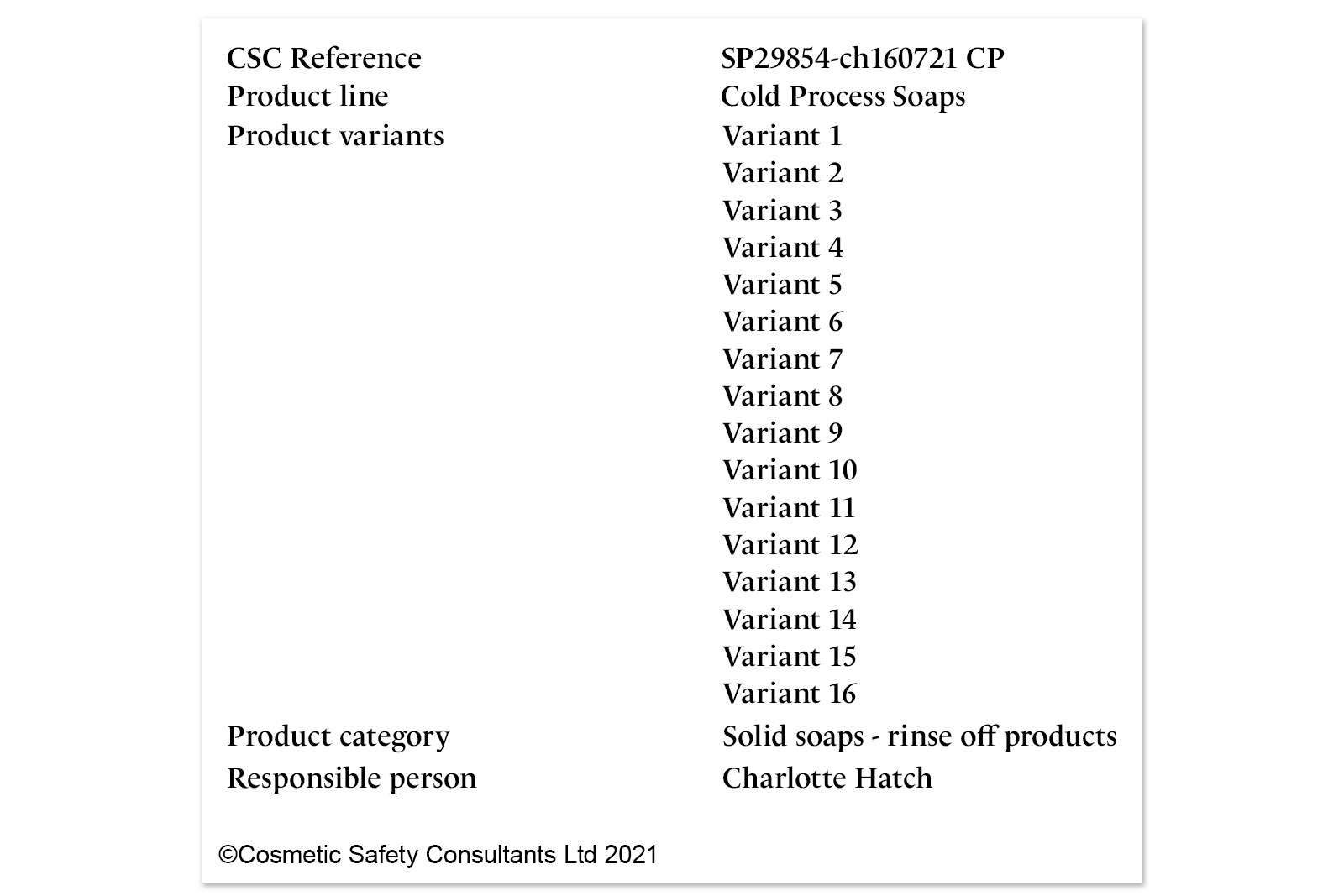
How many soaps did you launch with?
Well that’s the thing. It’s more cost effective to purchase a block of certificates than to do them in ones or twos. So we just went for it and submitted sixteen in one go. But that’s pretty much why we are where we are, because we have just gone for it.
But that’s pretty much why we are where we are, because we have just gone for it.
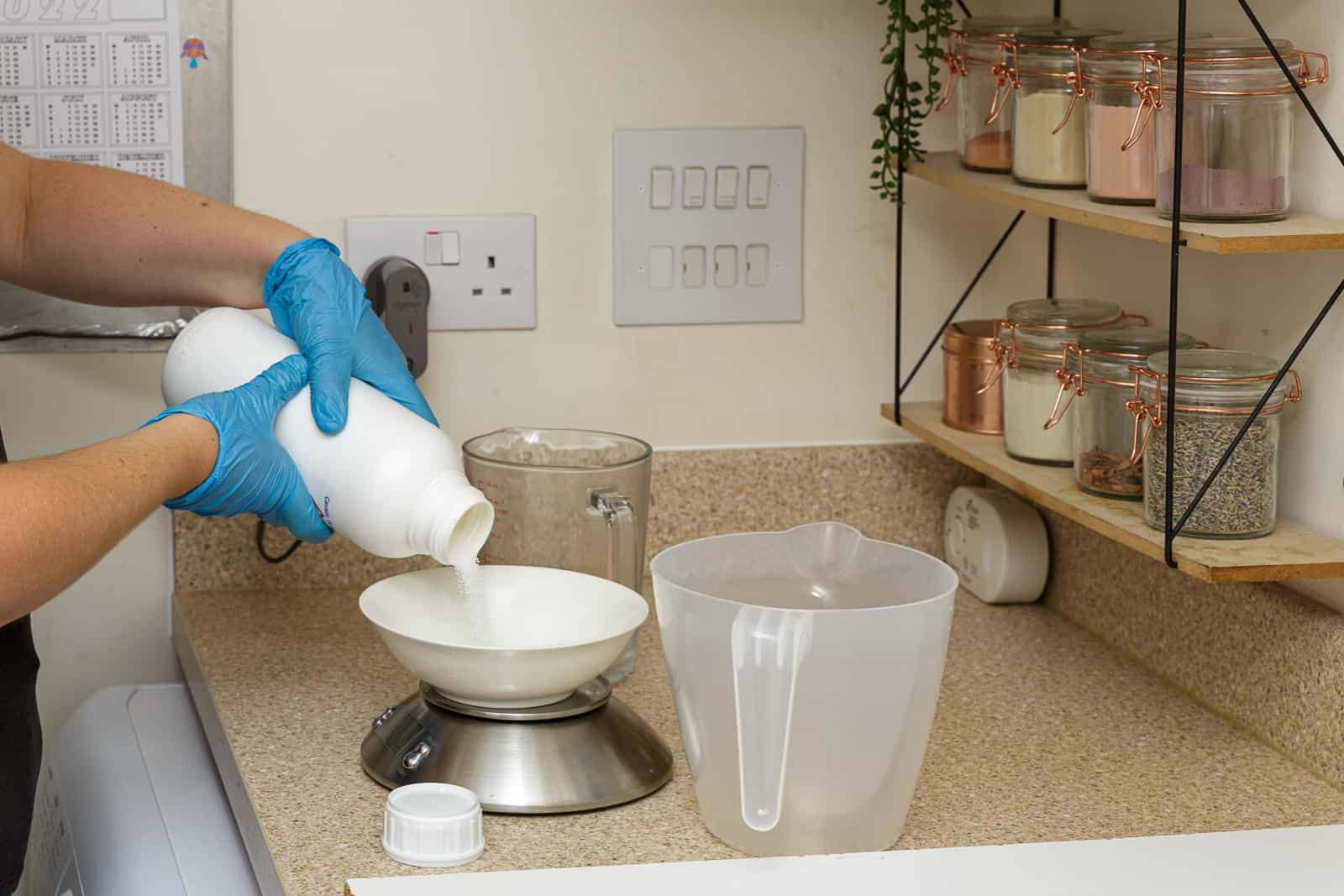
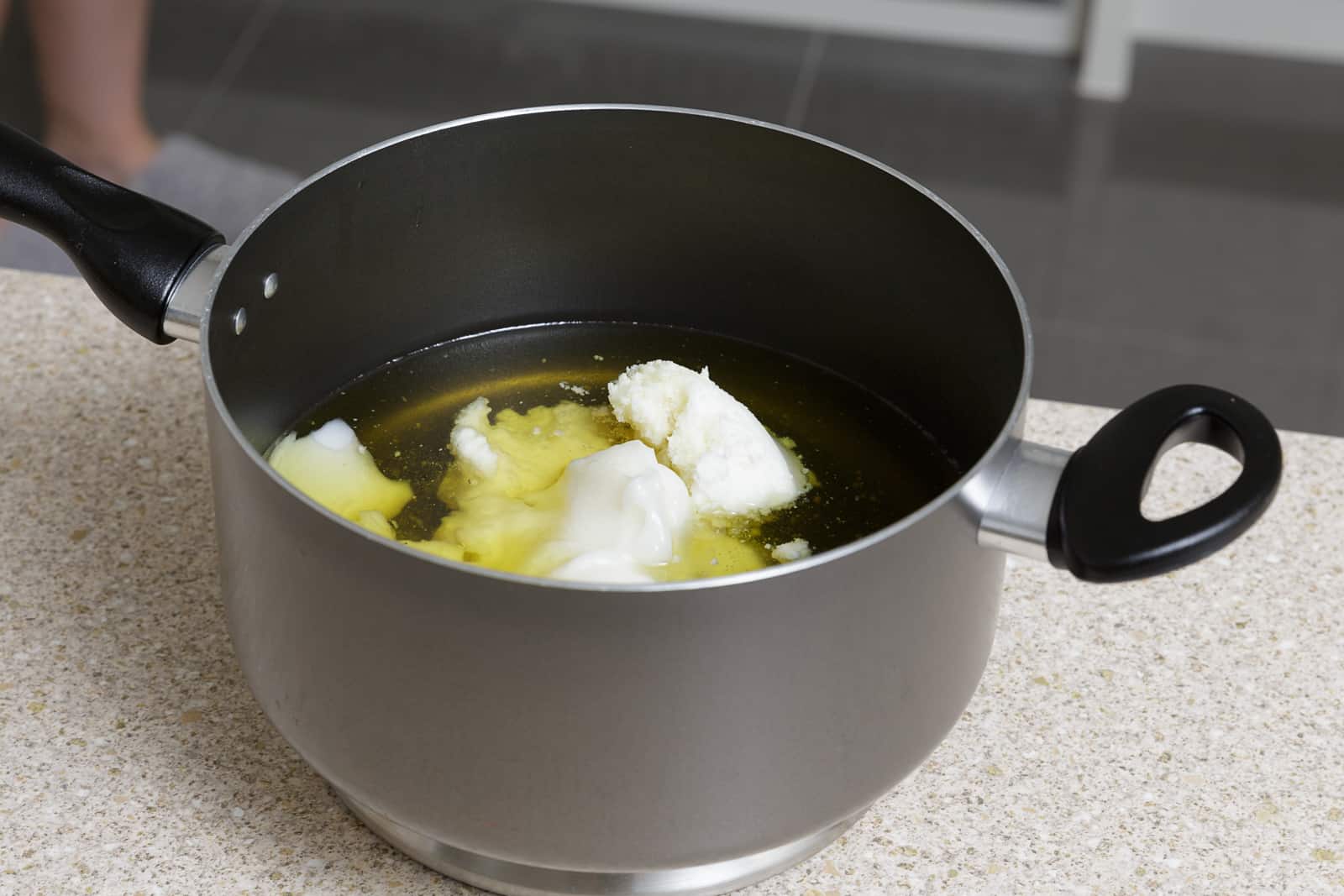
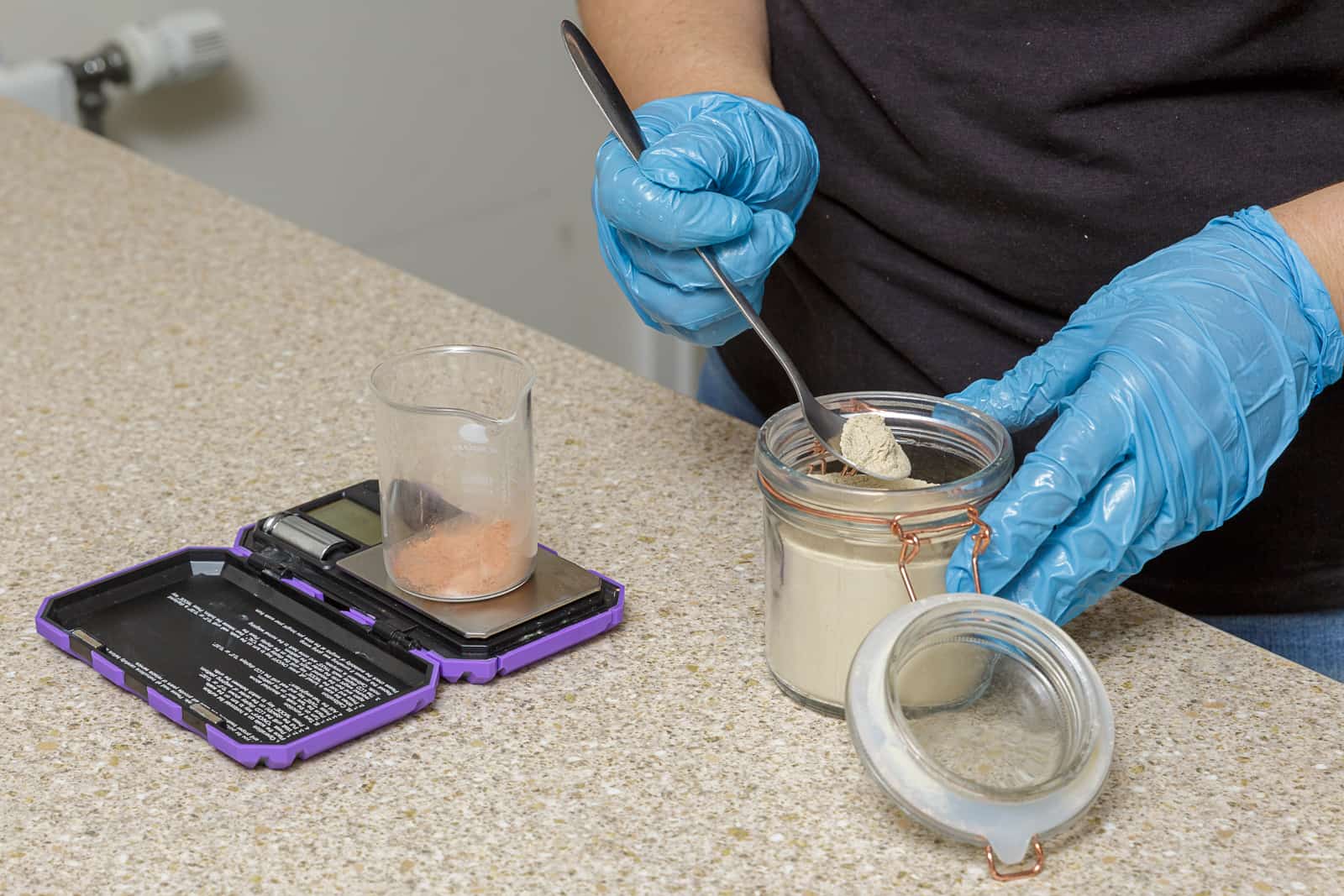
Can you explain what the Cold Press Process that you use is?
There are quite a few different methods that you can use to make soap. Cold Press is one of the more traditional methods. Cold process soap is made by combining oils and sodium hydroxide lye, which causes a chemical reaction called saponification. In the process, you get to choose the oils, scents, colourants, and any other ingredients. The mixture is then put into a mould called a loaf, ready for the next stage.
Reference
Wikipedia: Soap
Lye, in the form of both sodium hydroxide and potassium hydroxide, is used in making soap. Potassium hydroxide soaps are softer and more easily dissolved in water than sodium hydroxide soaps. Sodium hydroxide and potassium hydroxide are not interchangeable in either the proportions required or the properties produced in making soaps.
“Hot process” soap making also uses lye as the main ingredient. Lye is added to water, cooled for a few minutes and then added to oils and butters. The mixture is then cooked over a period of time (1–2 hours), typically in a slow cooker, and then placed into a mould.
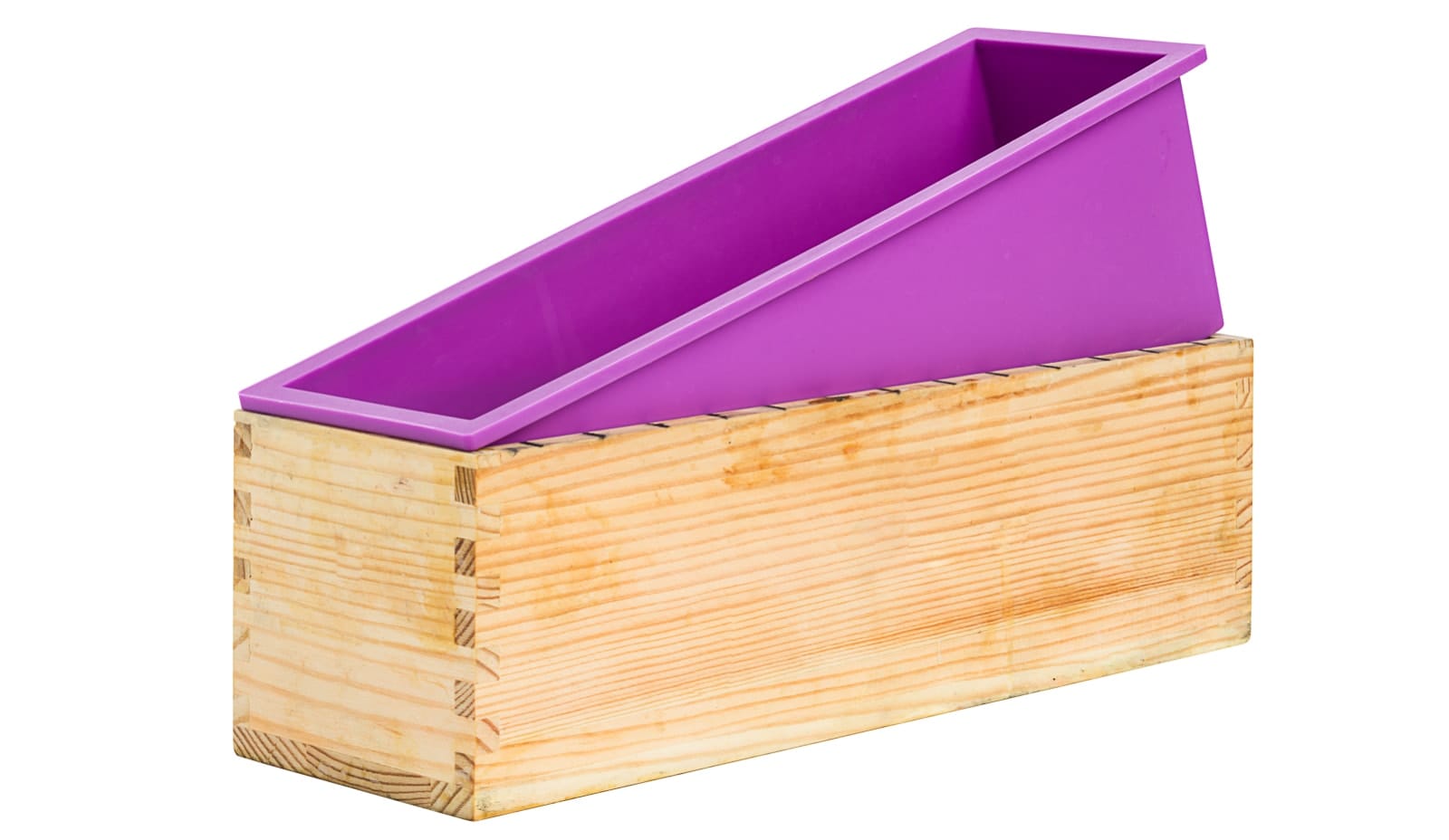
If you were to make a single batch of soaps, how long would it take from start to finish?
Once we’ve made up our mixtures, it’s then poured into the loaf mould. It has to rest for two days to set solid before being cut into twelve individual soaps. We cut ours after approximately 35 hours. Some people cut theirs sooner, some later. This is what works for us. After it’s been cut, it then has to sit on a shelf for five weeks.
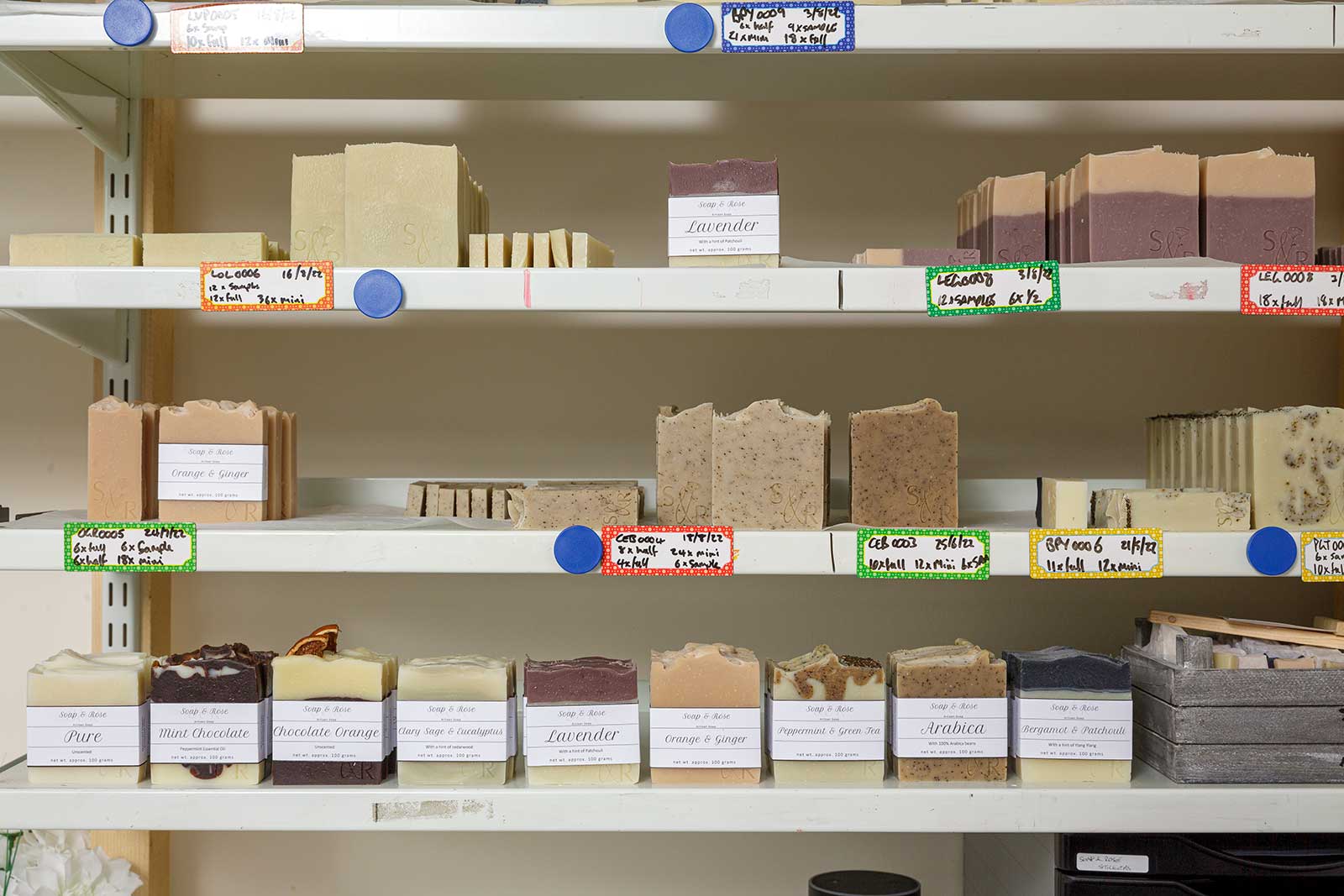
Wow, that’s a quite a long time!
Yes. If you were to use the soap before that time, it would go mushy and fall apart. It’s because you need the water to evaporate slowly. So it’s quite a long process.
So if you want soap for Christmas, plan ahead
Yes, and when wholesalers make orders they have to take the lead time into account.
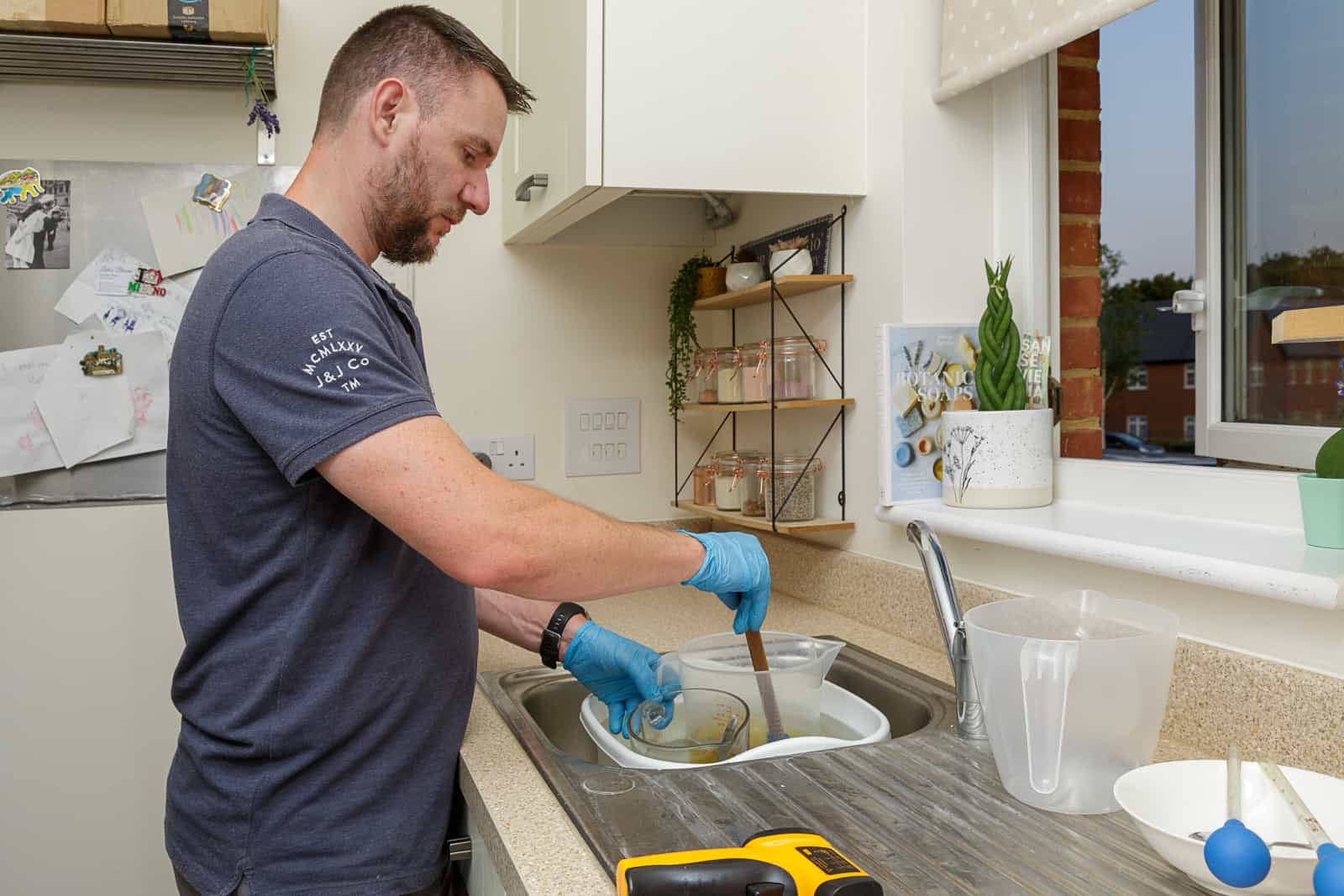
Do you have a dedicated workshop or studio set aside for soap making?
Well, because we are working with chemicals, the area has to be vented. The only place available with running water and an extractor fan is our utility room. Then the spare room is used for storing all the soaps that are,’resting’, so to speak. We need a reasonably temperature controlled storage area. A loft or garage wouldn’t be any good because of the massive temperature fluctuations at different times of the day and year.

Which brings us on to your packaging. Your aim is to be eco-friendly?
Yeah, lots of challenges with that side of things because I wanted it to be Vegan.
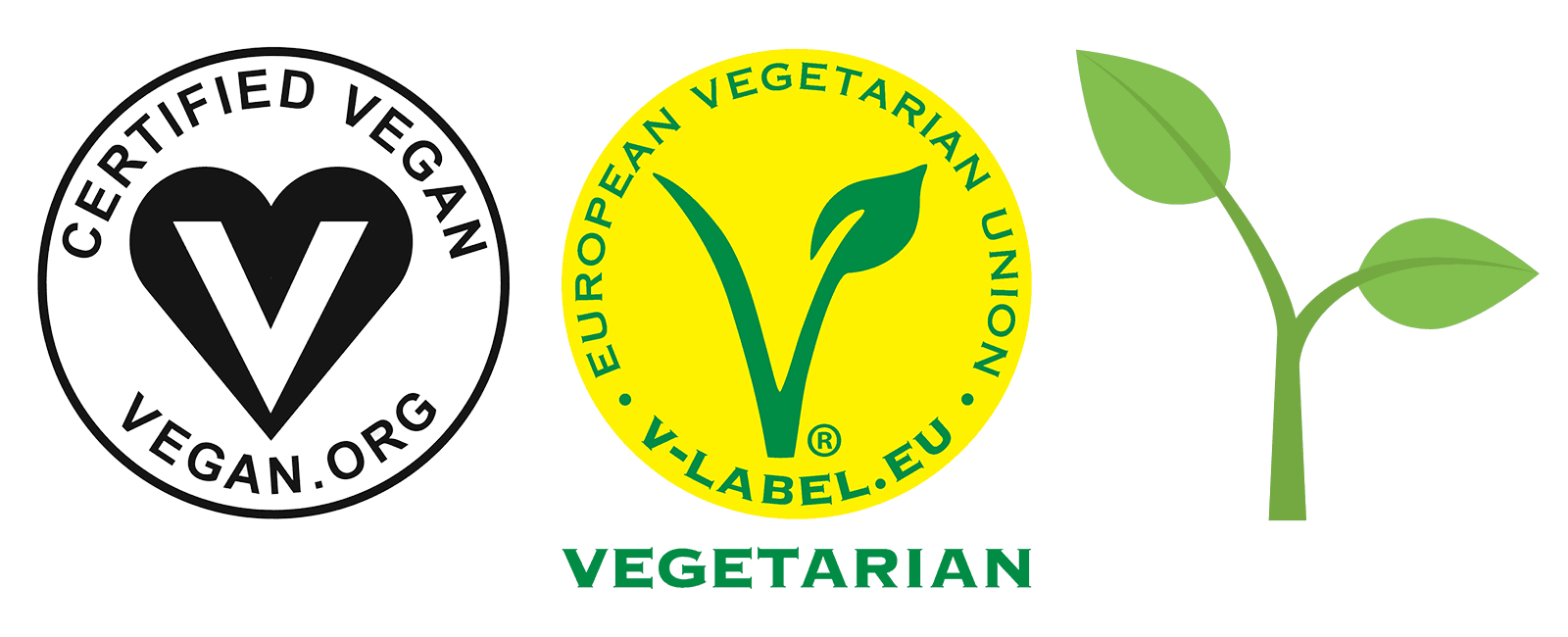
Are you Vegan yourself?
No, but I wanted all the products and packaging to be vegan approved. That group is a large part of the soap buying public and I didn’t want them to feel excluded. I hadn’t realised how difficult it would be though [laughs]. Things like the glues that are used for stickers have to meet certain standards. I also wanted everything to be recyclable, not just some things and not others. Cardboard is obvious, but we use wood wool for protection in the packaging instead of polystyrene or paper, which may have chemicals and dyes in it.
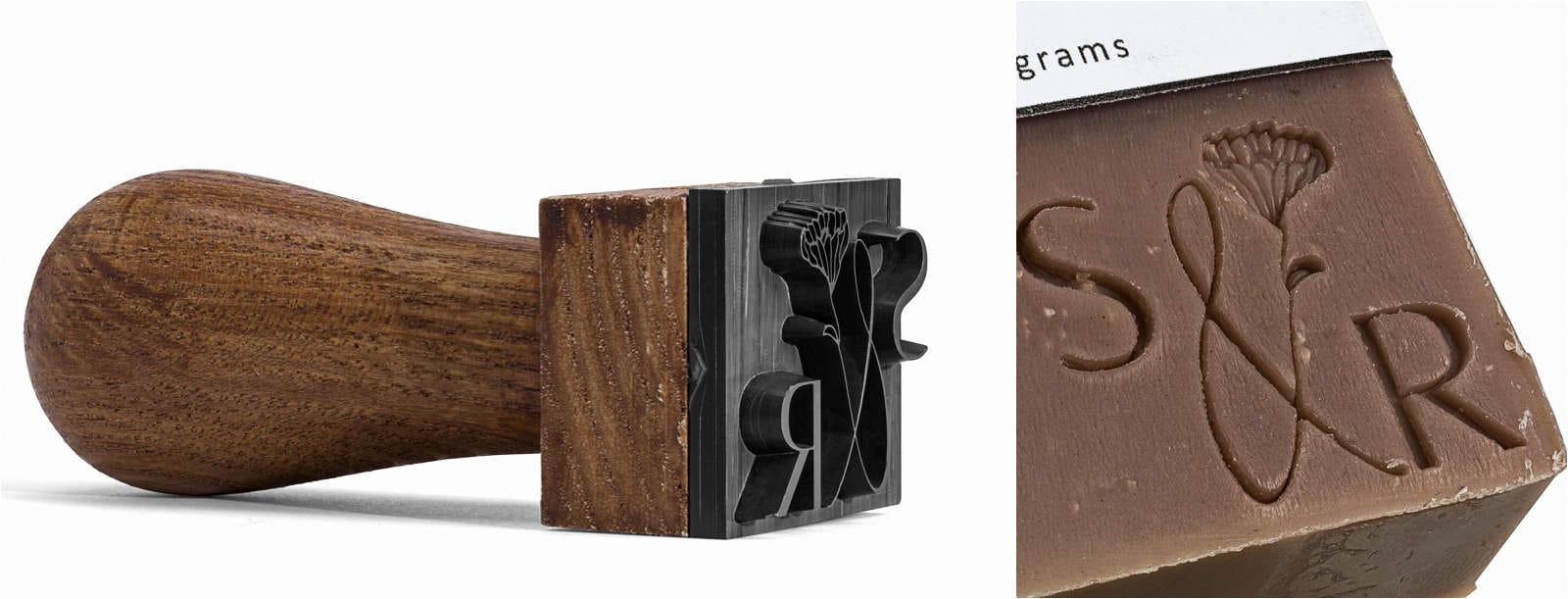
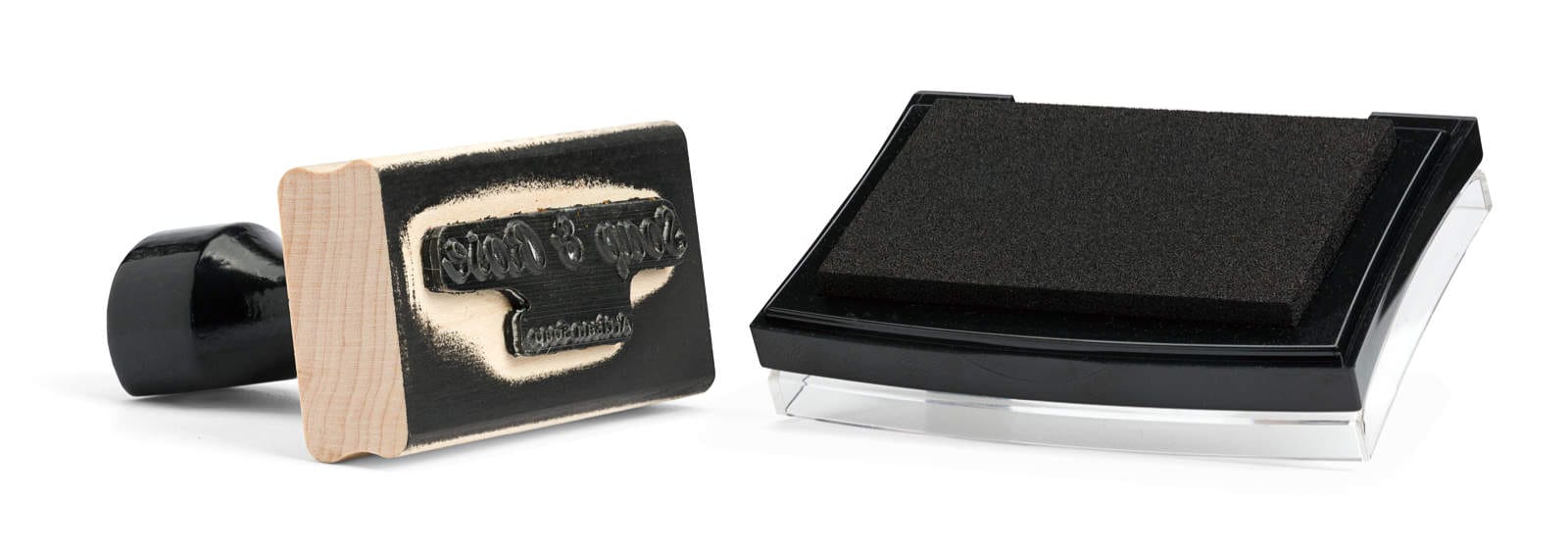
I suppose it’s more difficult when there is only a single supplier?
Yes, like any business we are constantly assessing cost versus return, but some things are just not negotiable. Even my branding stamp is made from reclaimed wood. I think it has, ‘this was a recycled table’ written on it. Even our inks are vegan. Nobody has ever questioned us about the packaging, but I’m armed and ready with my vegan stickers if they ever should [laughs].
I’m armed and ready with my vegan stickers …

You use a variety of clays in your soaps, could you tell us a little bit about that?
I didn’t want there to be any nasties or additives in our soap, and that includes the colours. You can purchase mica colourants, but they often include plastic particles and they’re made out of synthetics and chemicals.
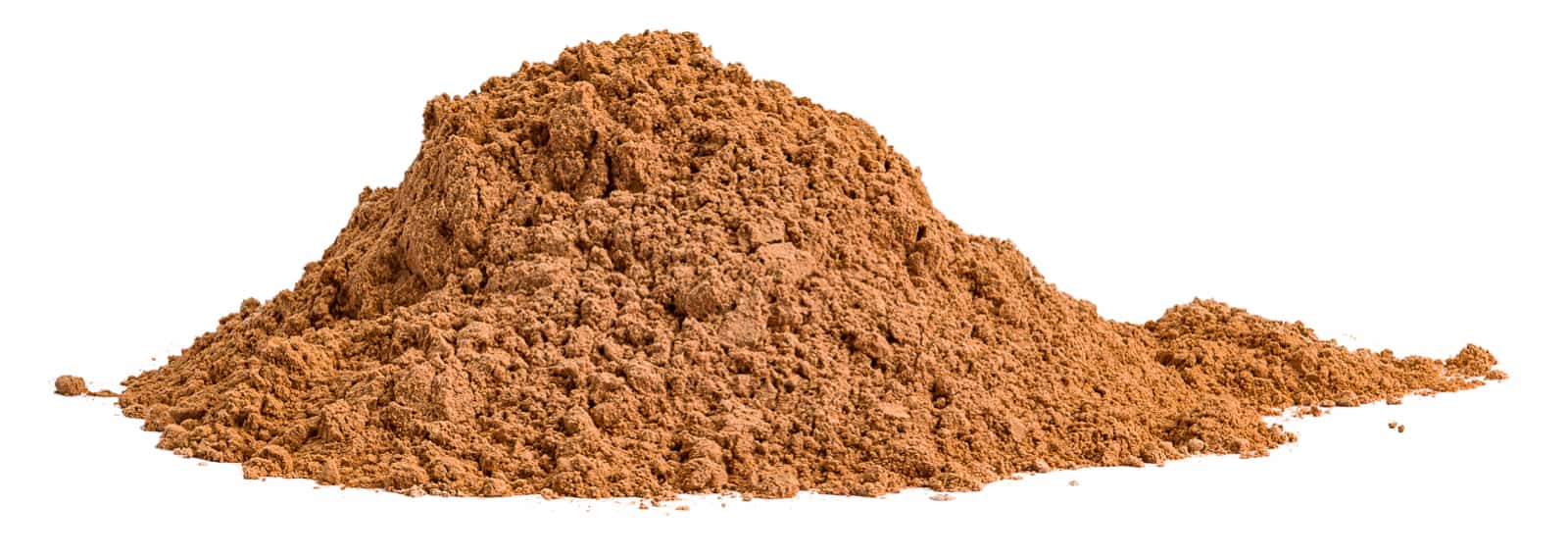
Which goes against everything that you believe in?
Exactly. So one of the ways to get around this is to use clays. We use things like French Green Clay and Purple Brazilian Clay, which are completely natural. The Purple clay is unbelievable, it’s the colour of the earth where it’s found, which I find amazing. We also use activated charcoal and we have coffee soap which has coffee grounds in it from brewed coffee. Our Christmas soaps are made out of spices such as Cinnamon to avoid using colours.
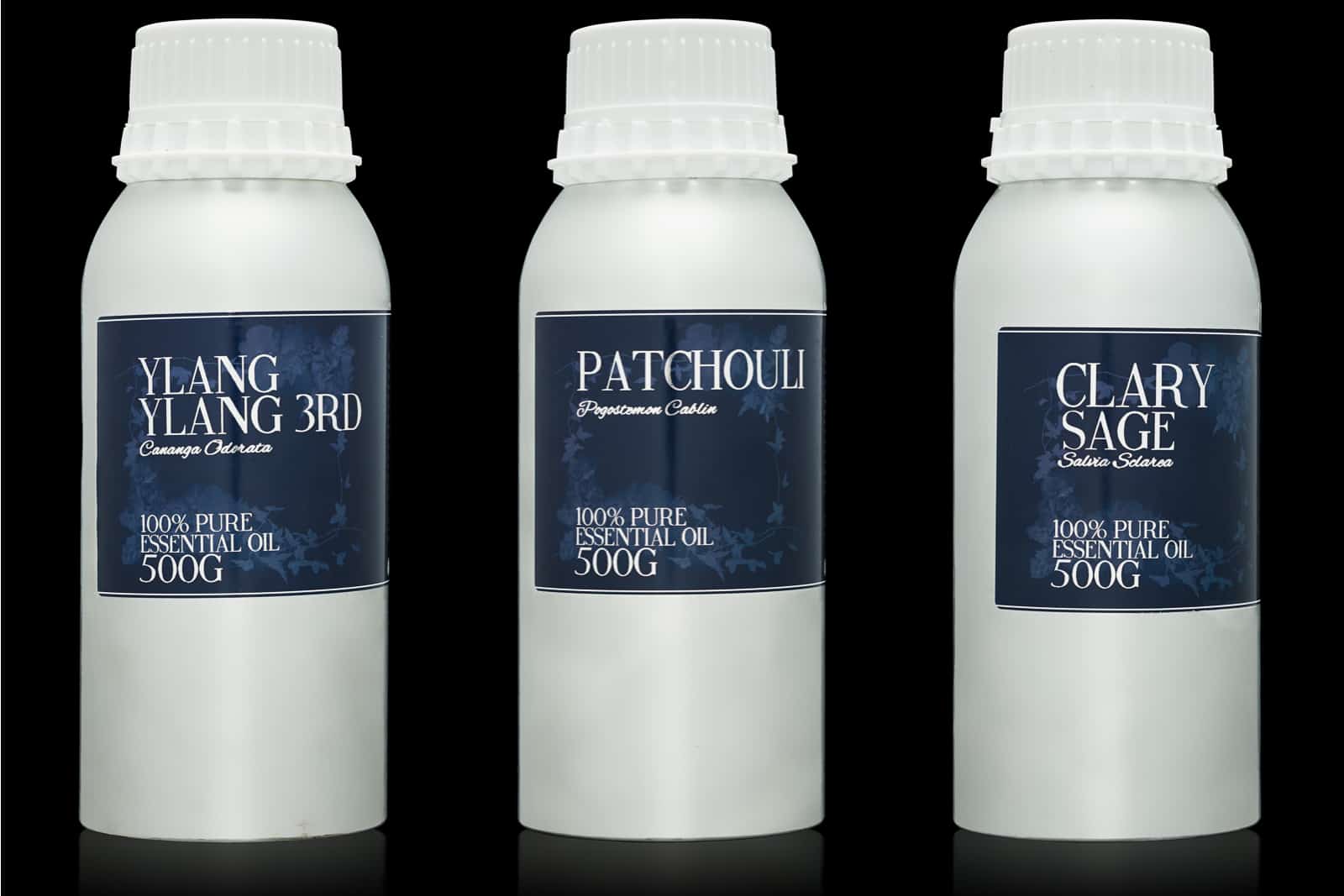
How are the varieties referred to, are they scents, flavours or …
They’re not flavours, that’s what Mike would refer to them as [laughs]; they are scents. There are two types of oils, essential and fragrance. Fragrance oil is made in a laboratory by humans, whereas essential oils are 100% natural. Again, that’s another challenge because there are fewer essential oils available compared to the number of fragrances. Some of them are extremely expensive, so we have some limitations on that score. Geranium, for example, can be upwards of £100 for a small bottle. But we only use essential oils, that item is non negotiable.
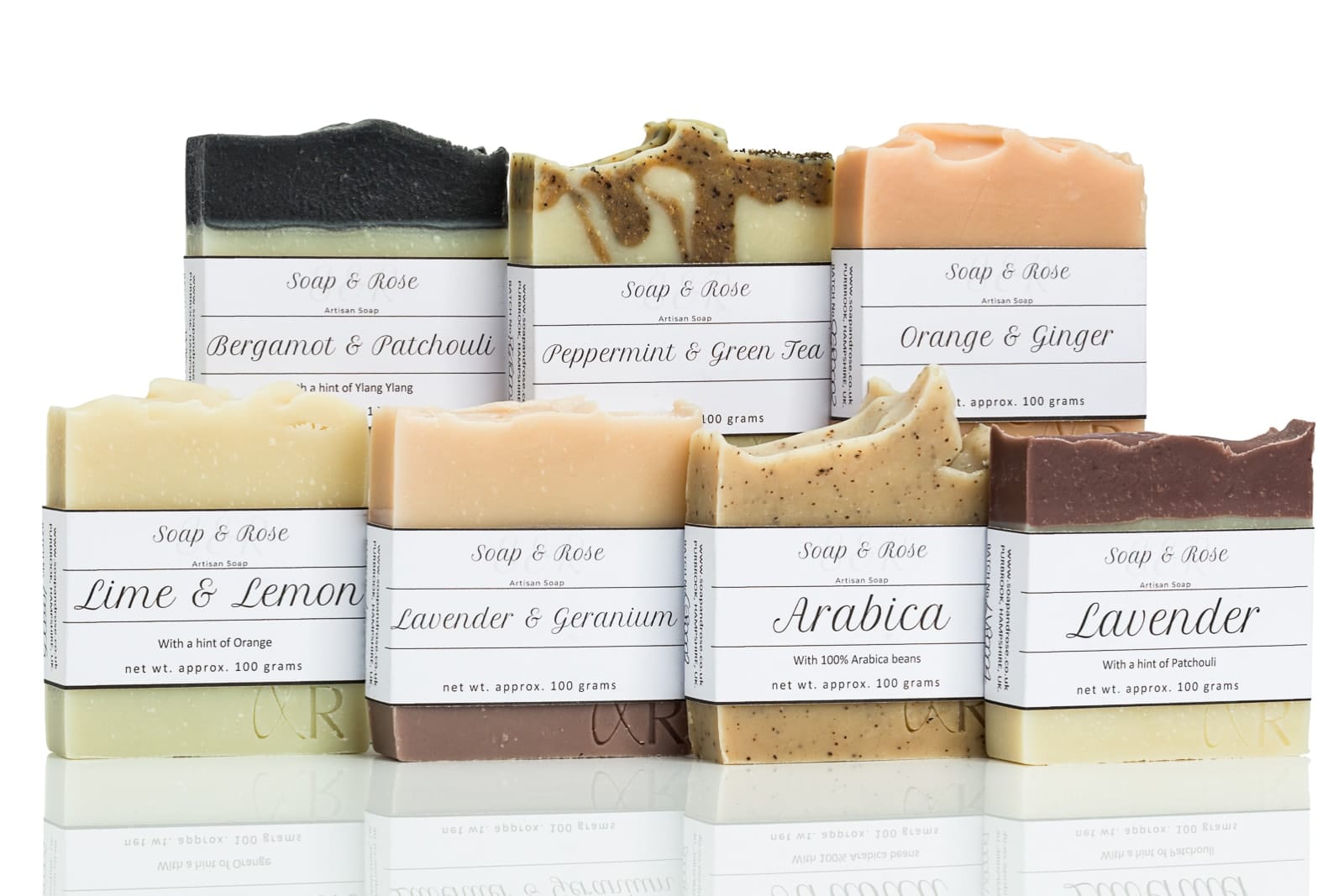
How do you decide what combinations to make?
Research. Finding out what scents are known to complement each other. Initially, when we started up, we brought out a range of seven scents, but wanted really different varieties. We had orange and ginger, coffee, lavender and geranium and as time has gone on we’ve just seen what works and what doesn’t. If something is not that popular, we’ll drop it and replace it with something different. People love the lavender. So, because of that, we brought out a soap which is a lavender and patchouli combination; it’s a bit more woody than just lavender on its own.

Are the soaps seasonal, based on what ingredients are available?
Not on what’s available, but we do follow the basic seasons, spring, summer, winter, autumn. So we are just bringing out peppermint and green tea, which is quite refreshing and fits in with the time of year [early summer at the time of the interview].
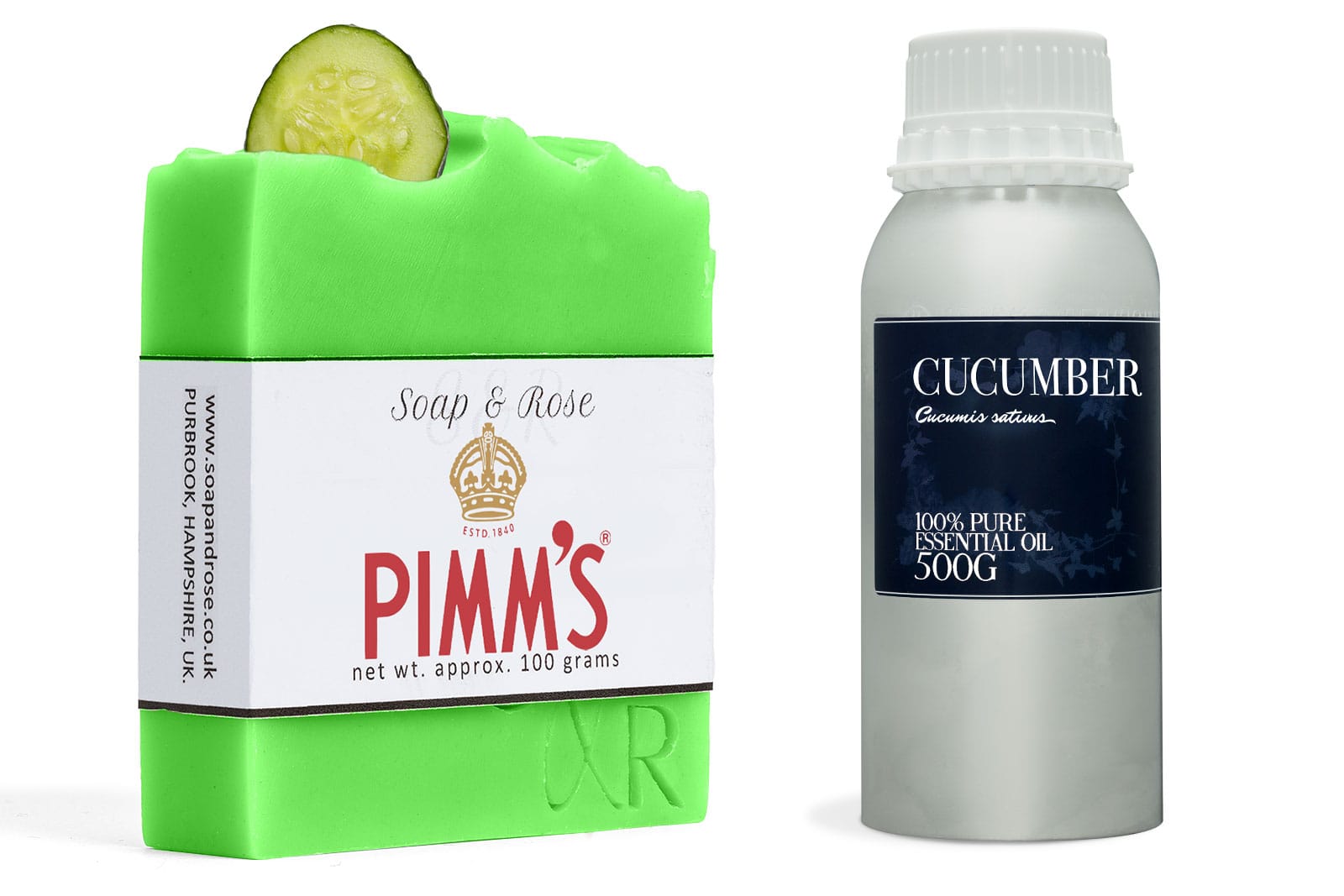
Do you make a Pims soap?
[Laughs] I don’t think they do a cucumber essential oil.
In the final part of Charlotte’s story, we take a look at some Soap & Rose products, why attending craft fairs is so popular, oh, and being featured in a national magazine. Watch this space.

